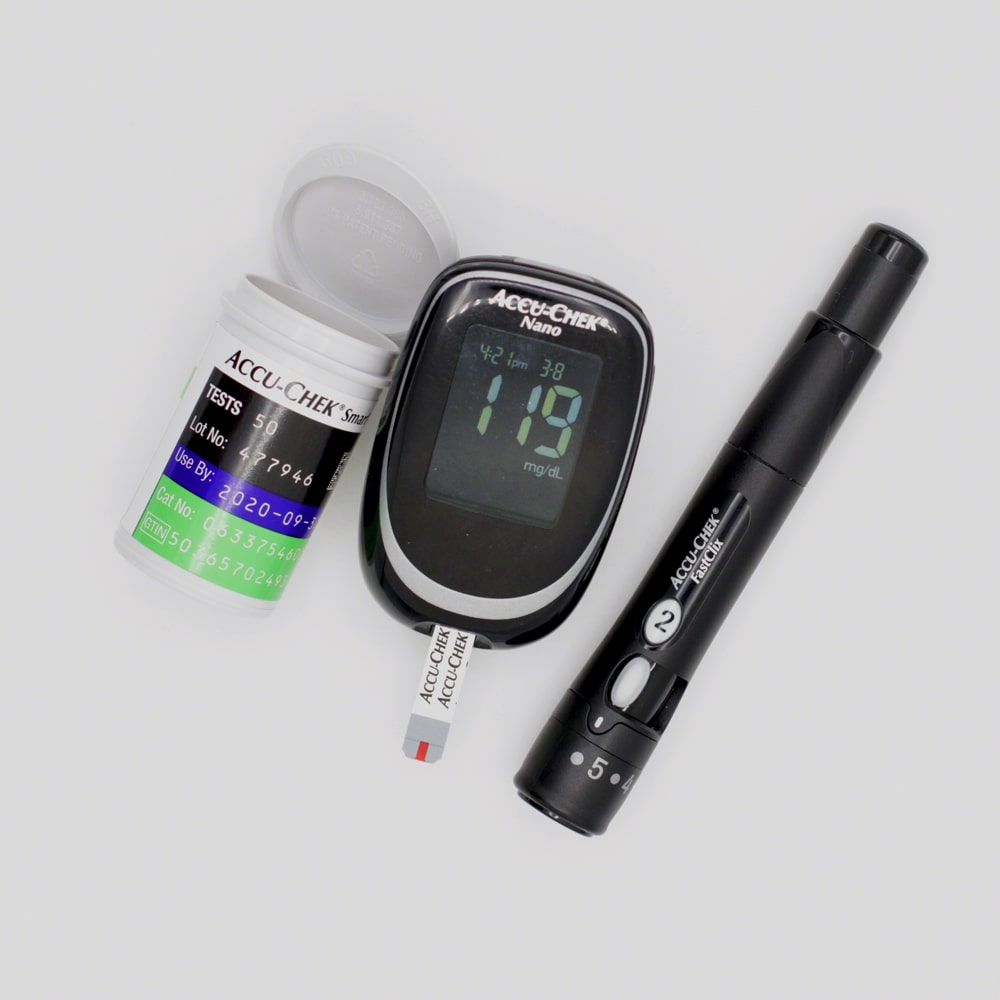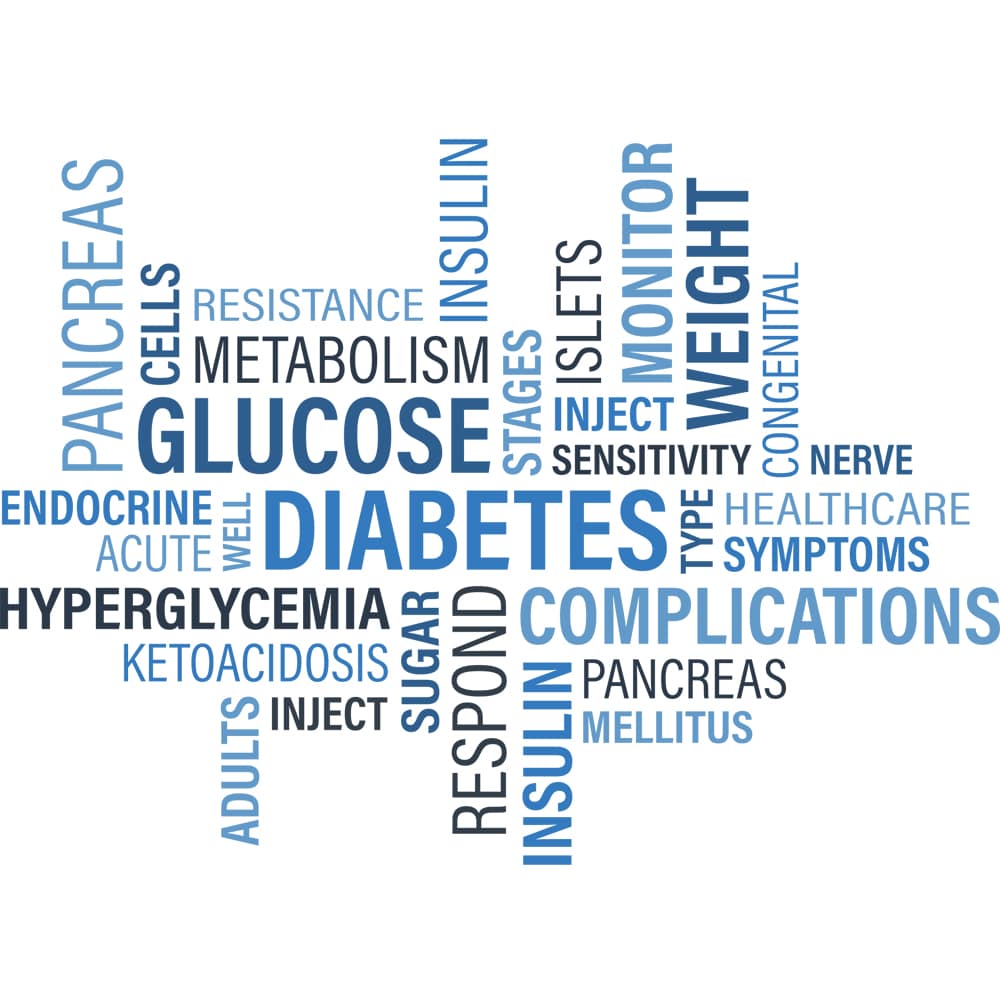
Blood sugar in diabetes
What is blood sugar?
From a chemical point of view, glucose is a simple sugar. This means that the substance is not linked to other sugar molecules. For this reason, glucose enters the bloodstream directly, without first being broken down by digestive enzymes. Glucose is an important energy supplier for our body cells, especially for the nerve cells. The hormone insulin is necessary for its transport into the cells. This is produced by the pancreas. Only nerve cells and red blood cells do not need insulin to absorb glucose.

Diabetes and Sugar | Insulin Injection

Diabetes Blood Glucose Meter | Diabetes test strips.
At what time is the blood glucose value or glucose level measured?
Glucose levels should be measured especially when there is an acute suspicion of diabetes. Type 1 diabetes can develop within a few days to weeks and causes symptoms such as frequent urination, severe thirst, fatigue, weight loss or general listlessness.
The symptoms of type 2 diabetes are less characteristic. People with relatives who have type 2 diabetes should check their blood glucose regularly because of the increased risk of developing the disease. The same should be done if certain risk factors occur, such as high blood pressure, obesity or lipometabolic disorders. Pregnant women should also have their blood sugar checked regularly to detect gestational diabetes early.

Diabetes Insulin Hyperglycemia

What is Diabetes?
What blood glucose levels are considered normal?
When fasting, the glucose level in the blood of people without diabetes is less than 100 milligrams per decilitre or, in other words, less than 5.6 millimoles per litre. After eating, the blood glucose level usually rises somewhat, but not above 140 milligrams per decilitre.
Only when the blood glucose level exceeds 126 milligrams per decilitre when fasting or 200 milligrams after eating is it called diabetes mellitus.
Values between 100 and 125 mg/dl in the fasting state can already indicate a preliminary stage of type 2 diabetes. The final diagnosis can be clarified with a so-called glucose tolerance test (OGTT).